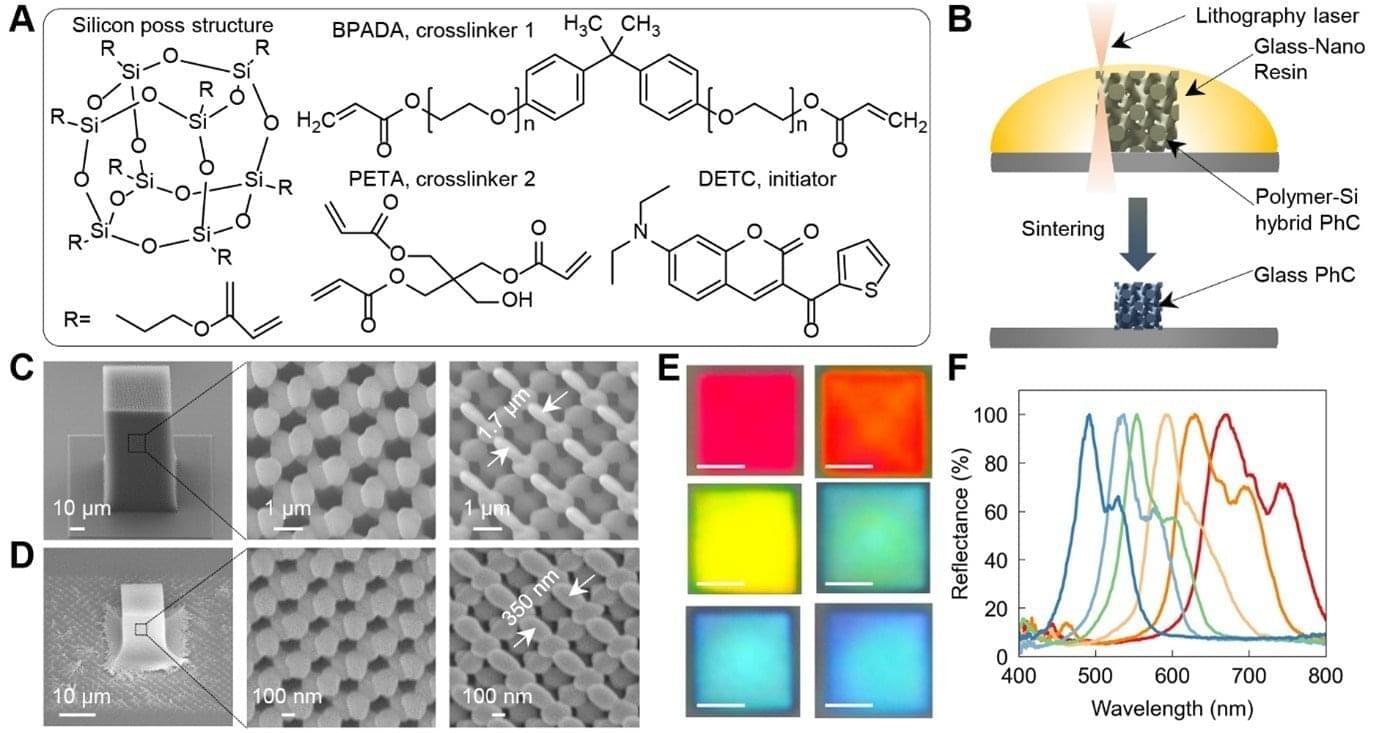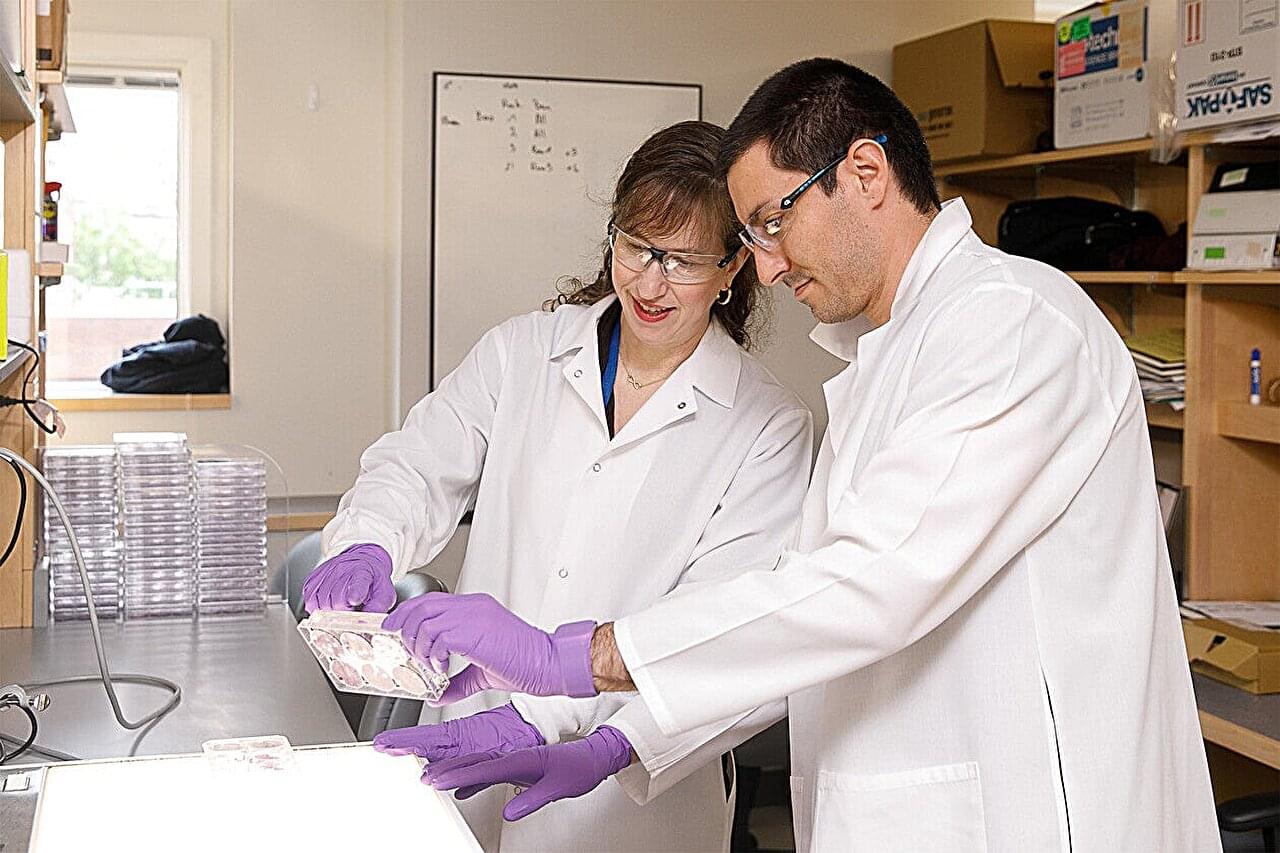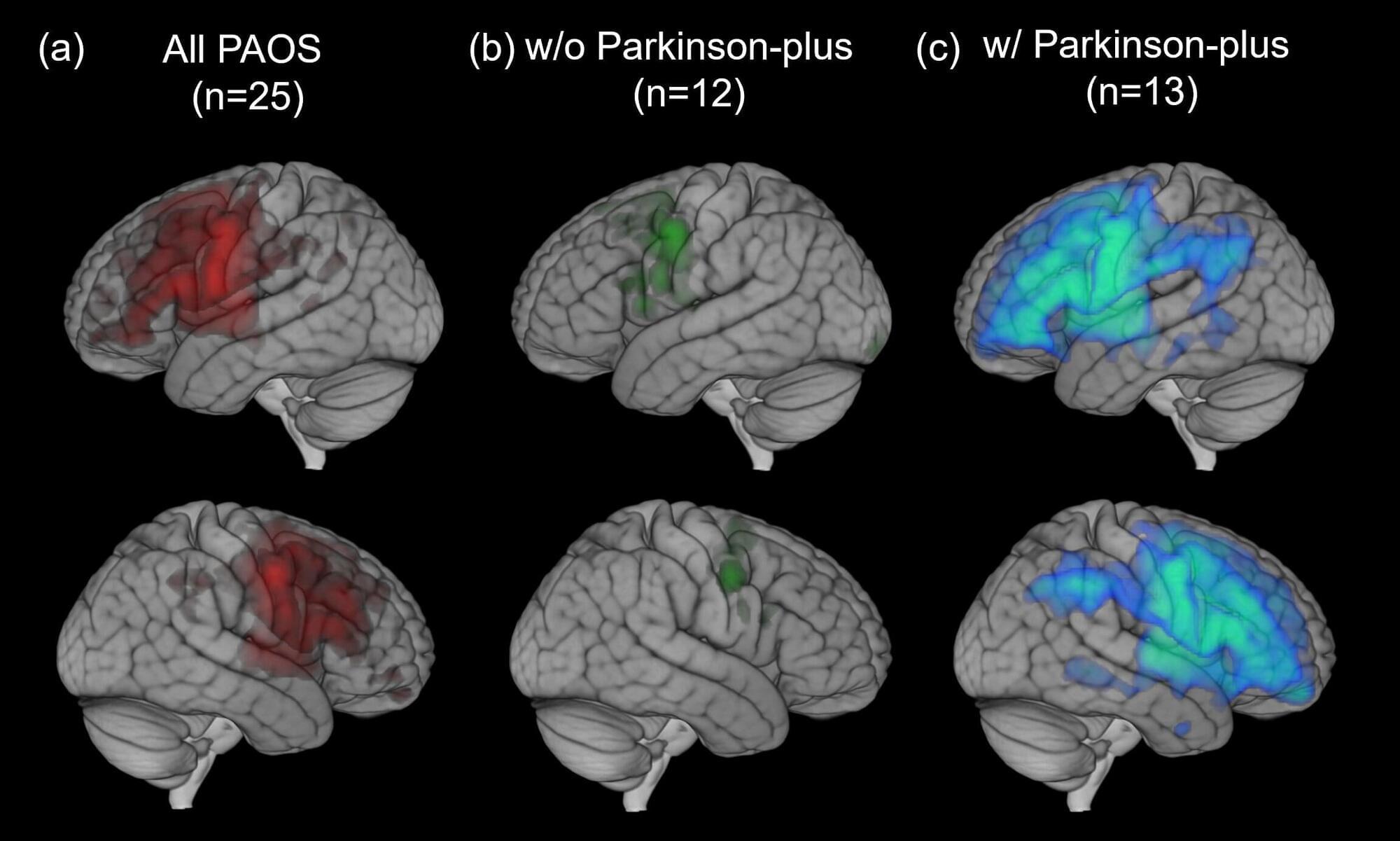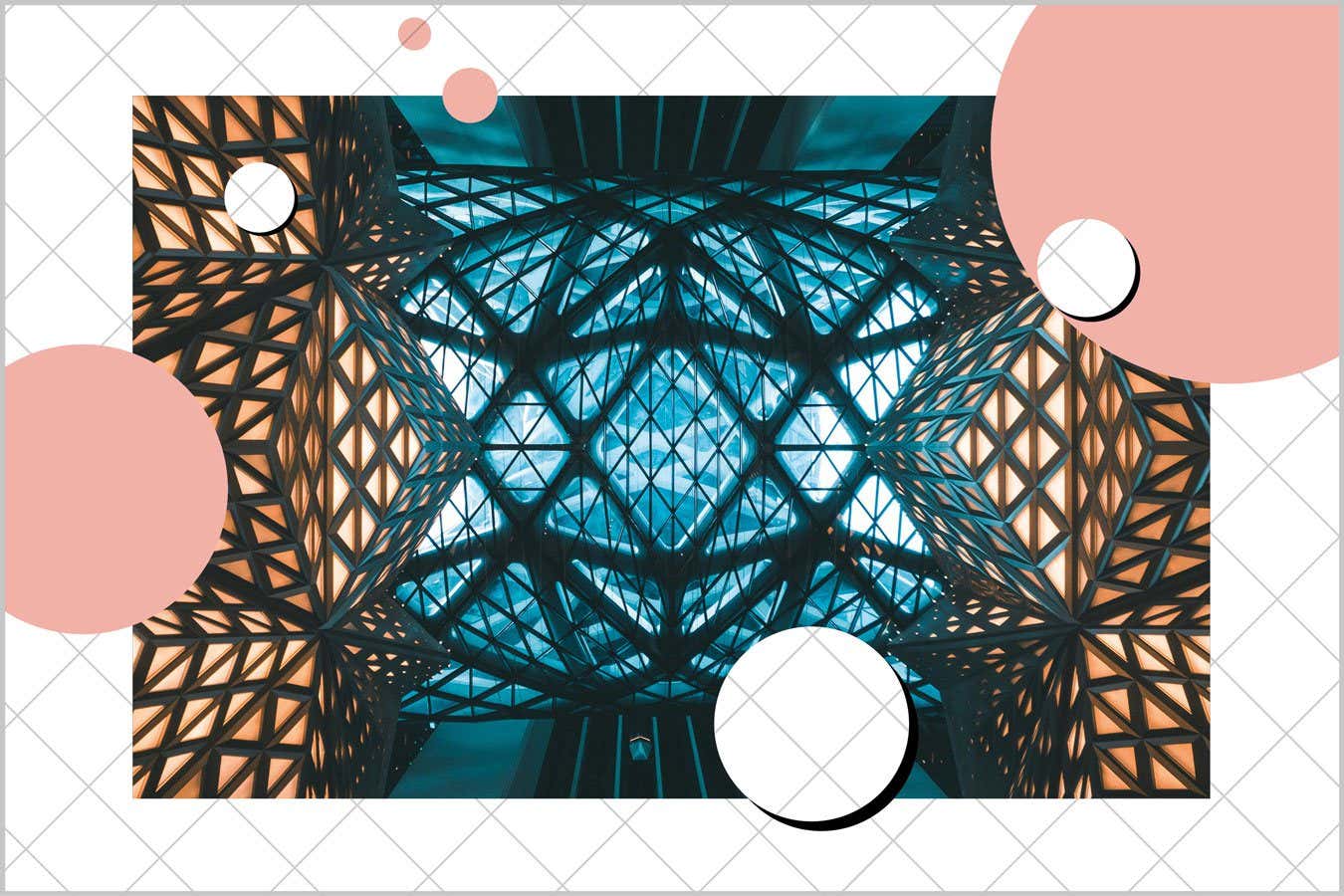Embezzlement of entanglement is an exotic phenomenon in quantum information science, describing the possibility of extracting entanglement from a resource system without changing its quantum state. In this context, the resource systems play the role of a catalyst, enabling a state transition that would otherwise be impossible, without being consumed in the process. For embezzlement of entanglement to be possible, the resource state needs to be highly entangled.
The term “universal embezzler” refers to the idea of a bipartite quantum system where every state is sufficiently entangled to make embezzlement possible. So far, it seemed highly questionable that physical systems exhibiting such strong entanglement properties could exist in the first place.
Yet researchers at Leibniz University Hannover have now shown that universal embezzlement emerges in all critical fermion chains, meaning one-dimensional fermion systems at quantum phase transitions. While their paper, published in Nature Physics, is merely theoretical, it could open new possibilities for the study of many-body physics and for the development of quantum technologies.





